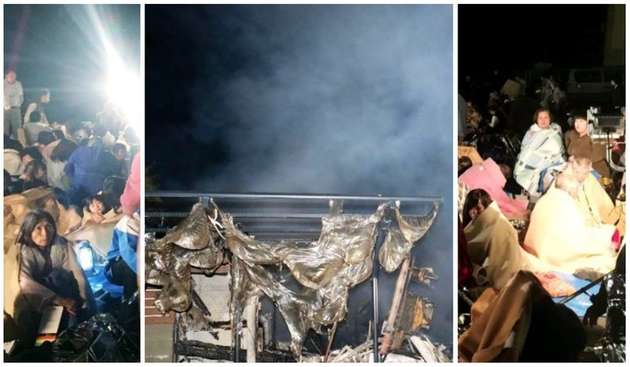Silhouette
Gold Member
- Jul 15, 2013
- 25,815
- 1,938
- 265
The new reactors at Kyushu that sat at the epicenter of the very violent quake yesterday... Note the nice low elevation right in the path of a tsunami at the Ocean's edge. Japan has learned NOTHING.







